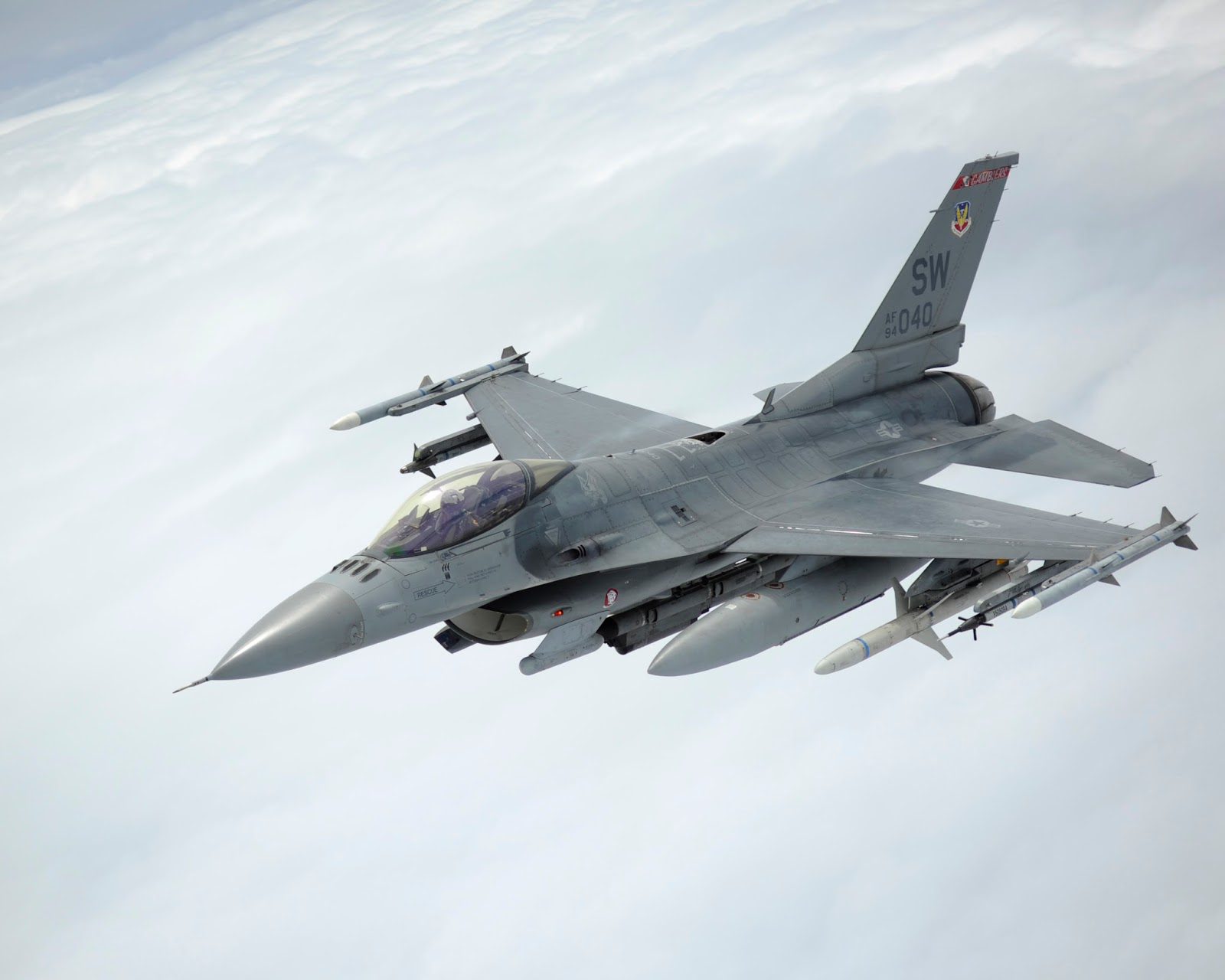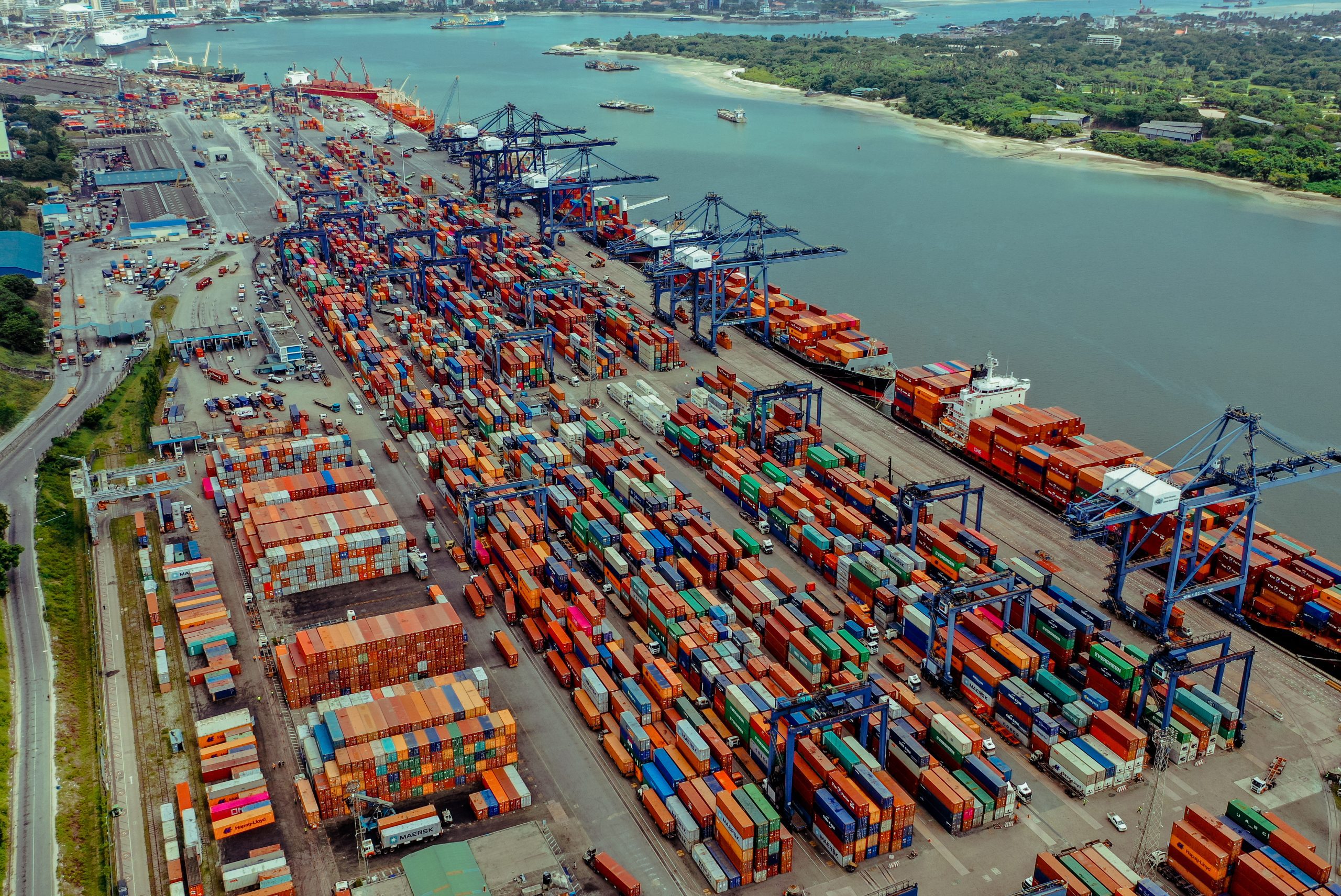
Monday, 11th August 2025

By inAfrika Reporter
Just after dawn at Dar es Salaam, a box ship noses toward berths 8–11 and a gantry crane crawls into position. The choreography only looks simple when the plumbing is right: a terminal operating system that knows the stow plan, a berth that’s been promised in advance, trucks and trains that arrive when the containers do. Tanzania East Africa Gateway Terminal Limited—TEAGTL, operator of Container Terminal 2 (CT2)—has spent the past year turning that choreography into habit. It shows. CT2 is Tanzania’s largest container facility, with four berths and ~1 million TEU annual capacity; it handled ~0.82 million TEU in 2023, roughly 83% of the country’s container volume. The hardware on the quay is tangible—six ship-to-shore cranes, 21 RTGs, 194 reefer plugs, 726 m of berth and 11.5 m draught—but the story traveling through East and Central Africa is really about timing.
The concession itself was designed to import timing as much as capital. In May 2024, a joint venture—East Africa Gateway Limited (EAGL), backed by Adani International Ports Holdings, AD Ports Group and East Harbour Terminals—signed a 30-year agreement to operate CT2 and agreed to acquire 95% of TICTS for $39.5m to secure equipment and people. Whatever one thinks about global port consolidation, a long horizon forces discipline: you only win if vessels turn faster, cargo moves cleaner, and shippers keep choosing Dar.
The first order of business was the operating brain. TEAGTL deployed Navis N4 and trained a local “superuser” core—15 specialists logging 8,640 hours—to squeeze waste out of the yard. Within months, the terminal flagged a 40% cut in unproductive RTG moves, steadier vessel operations, and a step-down in average vessel waiting time. Those aren’t brochure claims; they’re the kind of deltas shipping lines feel in fuel and in schedules.
The second move was to stop treating berths like a queue. In early 2025, TEAGTL rolled out Fixed Berthing Windows (FBW)—pre-assigned slots that replace “first-come, first-served” with a calendar. By March, nearly half the calls at CT2 were already on fixed windows, with a near-term target of ~75% coverage. For exporters, that reads as predictability; for lines, as a faster round trip; for the regulator, as transparency. Tanzania’s own shipping agency has been blunt: this is standard practice in serious hubs, and it cuts waiting time by design.
Digital transparency is the third leg. In July 2025, authorities and the terminal switched on a new live tracking layer so service providers at berths 7–11—importers, forwarders, customs—can watch vessels and containers from arrival to gate-out. The point is not a dashboard; it’s decisions. A planner with sight of the box doesn’t flood the yard with trucks in the wrong hour; a line agent can see the knock-on if a gang loses a crane for maintenance. Less noise, more throughput.
All of this lands at a useful national moment. Standard Gauge Railway (SGR) freight is now live between Dar and Dodoma, and the Kwala Dry Port has been inaugurated to siphon boxes off the city and push them inland at rail speed. For a gateway port, the next efficiency gains are no longer only on the quay; they’re at the ship-to-train seam—block-train plans tied to berthing windows, rail slots booked against the stow, and a yard that stages rail-bound containers without re-handles. The policy spine exists. The operational ask is clear: make the berth plan talk to the block-train plan, then publish the results so industry can plan, too.
It helps that CT2’s geometry already fits the job. The reefer park (now 194 plugs) is expanding to meet demand; cold-chain exporters have been explicit that windows and plugs decide whether Dar is a habit or a risk. With FBW maturing, the practical watch-items are boring and important: reefer pre-trip testing capacity during peak harvests; gang and crane allocation that protects reefer stacks from last-minute reshuffles; and the data trail to prove transit times to buyers in Mombasa, Goma or Lusaka. Get those right and perishables stop being a special case and start being core business.
The governance layer matters as well. A terminal only earns trust if numbers are visible and consistent. TEAGTL can turn its recent gains into a habit by publishing a short, hard operations scorecard each month: vessel waiting time, gross and net crane rates, berth on-time performance (FBW adherence), yard dwell, truck turn-time, rail lifts, and reefer integrity (power-loss minutes). None of these require a new system; they require the courage to post what you measure—and then improve it in public. The upside is not PR; it’s a flywheel of confidence that draws more mainline calls and more transit boxes from the hinterland.
There are honest frictions to name. Drafts at 11.5 m constrain the heaviest calls at low tides; weather and power hiccups still test schedules; and the transition from first-come culture to fixed windows is a management exercise as much as a technical one. On rail, early SGR frequencies will be thin until demand and timetables thicken. None of this undermines the direction of travel; it just defines the work: harden power, keep pilots and tugs on the same beat as berths, and treat rail slots as a scarce asset that must be planned, not hoped for.
The reason this story matters beyond the quay is simple: landlocked neighbors—DRC, Zambia, Malawi, Rwanda, Burundi, Uganda—choose corridors that respect time. A terminal with a reliable window, a yard that moves boxes cleanly to rail, and a data layer shippers can actually use is not selling a port; it’s selling a plan. That is what turns Dar from a stop into a preference.
TEAGTL didn’t invent the playbook; it started executing it. A long concession; a modern TOS with a trained local brain trust; fixed windows that make schedules real; a tracking layer that lets everyone see the same truth; and a rail connection that, if synchronized, can make “Dar-to-Dodoma” feel like one move instead of three. Keep stacking those pieces and the phrase “gateway to East Africa” stops being branding and starts being a timetable.


